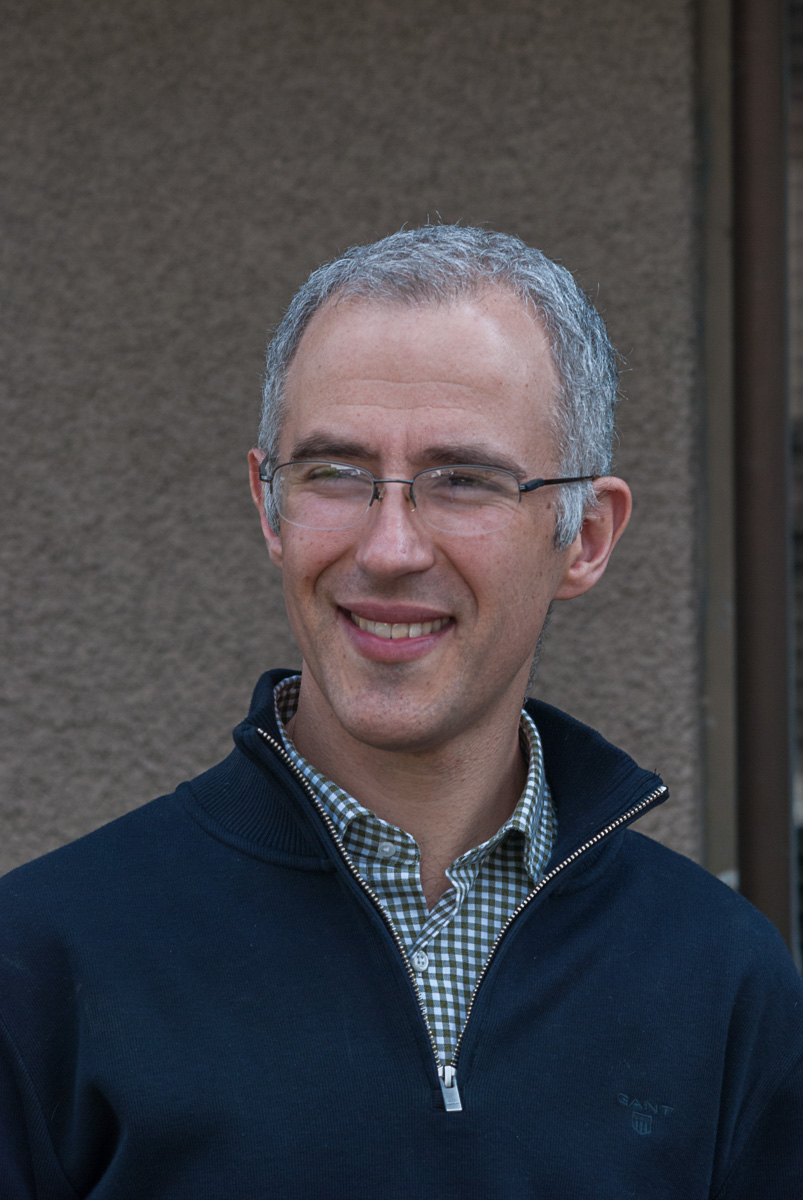
Infrastructure and Environment

- PhD, The University of Cambridge, 2000
- MEng, Jesus College, The University of Cambridge, 1996
- MA(Cantab), Jesus College, The University of Cambridge
MIStructE, CEng
Advanced Composite Structures
Fibre Reinforced Polymers (FRPs) such as carbon, aramid and glass FRPs are being increasingly used in construction. These advanced composites can be used in combination with traditional construction materials, or to form structures in their own right. Of particular importance with FRP materials are the methods of forming joints.
Adhesively Bonded Joints
The structural use of FRPs usually involves adhesive joints. These might be between two pieces of FRP (eg: in an all-FRP bridge deck), or where the FRP is bonded to another material (eg: FRP strengthening of a metallic beam or FRP reinforcement inside concrete). These bonded connections require proper design, both mechanically and to ensure their durability.
Externally Bonded FRP Strengthening
Metallic, concrete and masonry structures can be strengthened by bonding FRP to their external surfaces. FRP can be used to strengthen a wide variety of structural elements (eg: bridge columns and decks and floor slabs). FRP is particularly beneficial where time or space constraints govern a strengthening scheme.
Concrete Reinforced using FRP
FRP materials can be used to reinforce structural concrete. They are most likely to be used for their corrosion restance (eg: marine environments) or near electromagnetically sensitive equipment. However, replacing ductile steel rebar with brittle FRP reinforcement requires traditional concrete design techniques to be revised.
Shear in Concrete with Brittle Reinforcement
Stability of Long Precast Concrete Beams
- Experimental structures research
- Structural response in fire
- FRP composite materials for structural engineering
- Externally bonded strengthening and repair using FRP
- Shear in concrete with brittle (FRP) reinforcement
- Structural Analysis and Design



Athanasios is working on engineering fluid mechanics, incorporated within the Institute for Infrastructure and the Environment and leading research on hydro-environmental applications. Aside from the role of lecturer in Civil Engineering hydraulics, as an Industrial Innovation Research Fellow of the UK’s Natural Environment Research Council (NERC) he coordinates research activities on computational methods for marine and offshore renewable energy, working closely with industry and other research groups.
He is Chartered with the Technical Chamber of Greece and a member of the Institution of Civil Engineers. In addition, he is a member of NERC’s Peer Review College and serve as the Coordinator of the Edinburgh Fluid Dynamics Group.
His research and expertise spans across
- Environmental fluid mechanics
- Offshore renewable energy
- Coastal processes
- Numerical methods in engineering
- Data analytics and optimisation methods
- PhD in Hydro-environmental engineering (2014). Hydro-environmental Research Centre, Cardiff University.
- MEng in Civil Engineering (2010). School of Engineering, Cardiff University.
- CIVE10006 Hydraulic Engineering 4, University of Edinburgh (2019 - Now) - Course Organiser and Lecturer
- CIVE09035 Water Engineering Transport and Treatment 3, University of Edinburgh (2020-Now) - Course Organiser and Lecturer
- Environmental fluid mechanics
- Coastal ocean modelling
- Computational fluid dynamics
- Marine renewable energy
- Fluorescence spectroscopy
